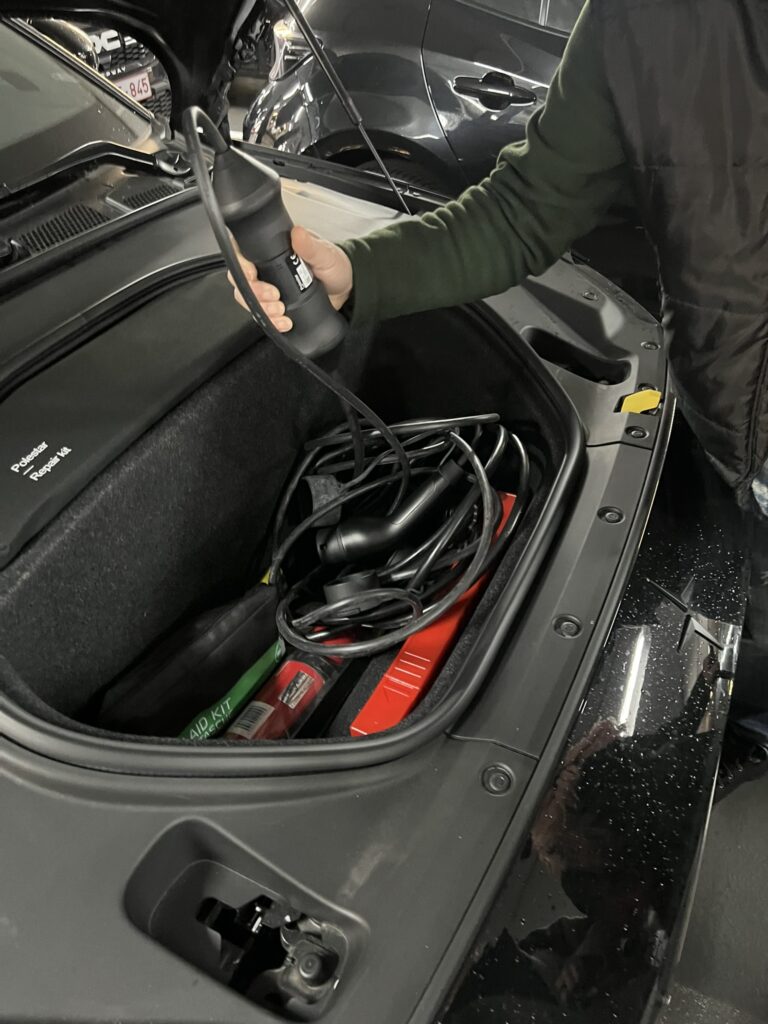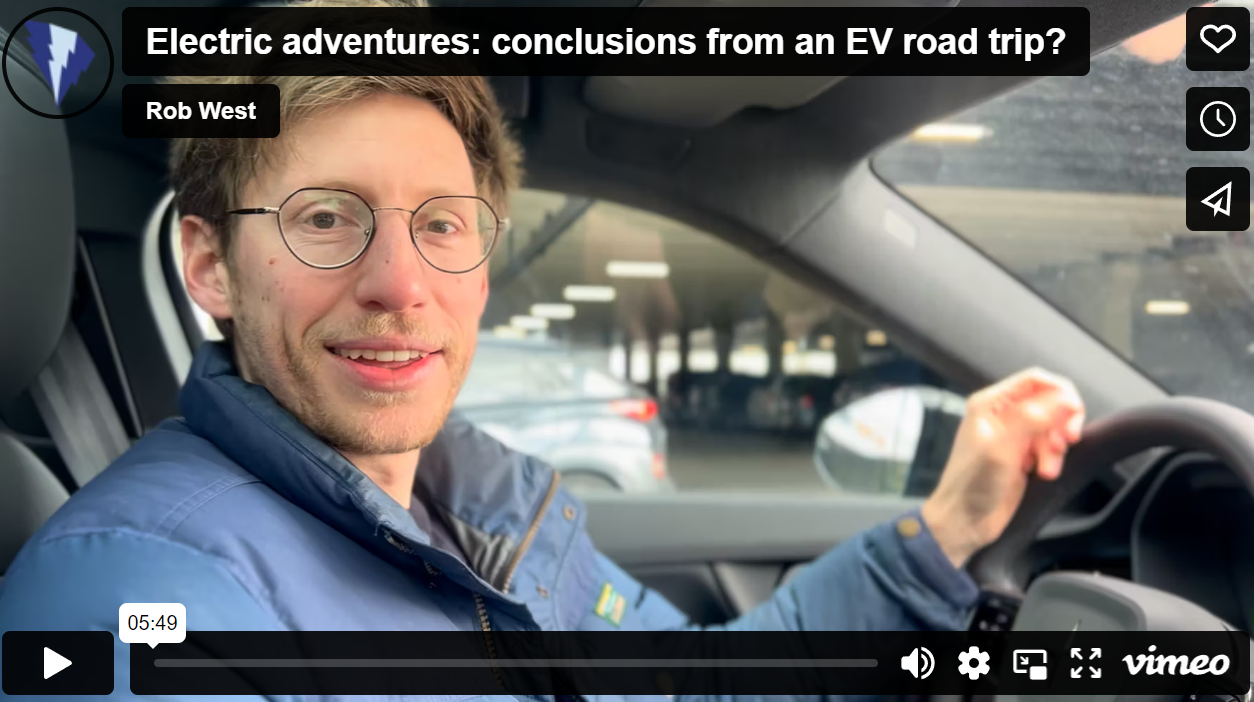It is a rite of passage for every energy analyst to rent an electric vehicle for an EV road trip, then document their observations and experiences. Our conclusions are that range anxiety is real, chargers benefit retailers, economics are debatable, power grids will be the biggest bottleneck and our EV growth forecasts are not overly optimistic.
(1) Range anxiety is real. Last weekend, we traveled from Brussels to Kortrijk, to Ypres, to the site of Operation Dynamo in Dunkirk, to the Western front of the Somme, as part of a self-educational history trip.
The total journey was 600km (map below). Undertaken in a vehicle with 300km of range. By a driver somewhat anxious about running out of electricity, and themselves needing to be rescued from Dunkirk.
For contrast, the range of an equivalent ICE car is around 800km. Although we did enjoy charging our vehicle in France’s famously low-carbon grid (65% nuclear). Combined with the prevalence of onshore wind in Northern Europe, you can easily convince yourself that you are charging using very low-carbon electricity.
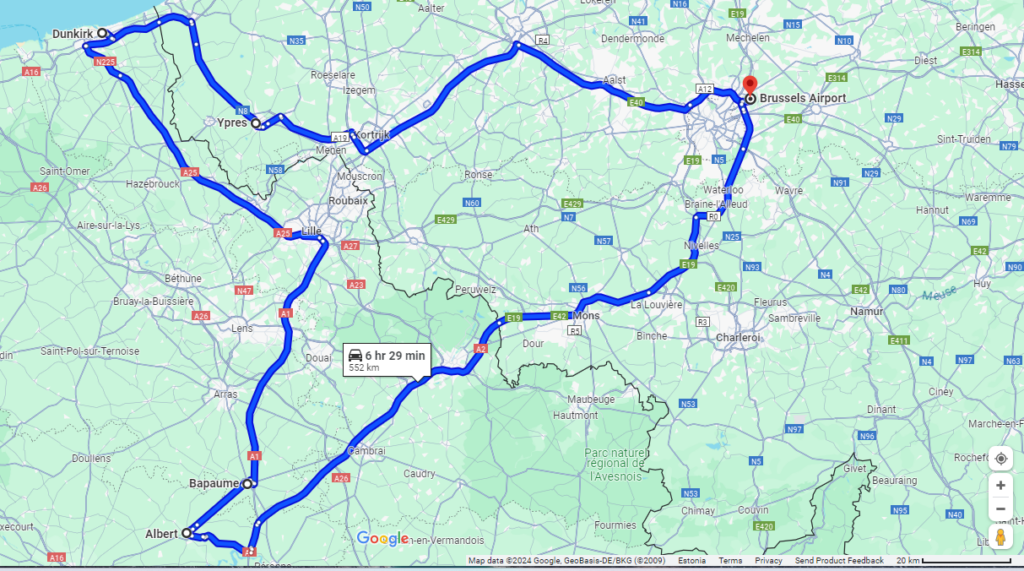
(2). Chargers benefit retailers. We did spend over 2-hours charging at a Level 2 charger, near an out-of-town supermarket in Dunkirk. We passed the time by shopping in the supermarket. Ultimately, my wife and I were unable to resist buying a large bag of madeleine cakes, which would sustain us for the next 2-days. This is the biggest reason we ultimately expect EV chargers to get over-built. They will pay for themselves in footfall.

(3) Economics are debatable. Many commentators argue that electric vehicle charging should be ‘cheaper’ than ICE vehicles, but this was not entirely borne out by our own adventures.
For perspective, €1.8/liter gasoline in Europe is equivalent to $8/gallon, of which c50-65% is tax. Combusted at 15-20% efficiency, this is equivalent to buying useful transportation energy at $1.1/kWh.
Our receipt is below for Friday’s night’s EV charge in Dunkirk, equating to around $0.6/kWh of useful energy. This is about 2-4x higher than the various scenarios in our EV charging model (below). It is comparable to the untaxed cost of gasoline. And 50% below the taxed cost of gasoline.
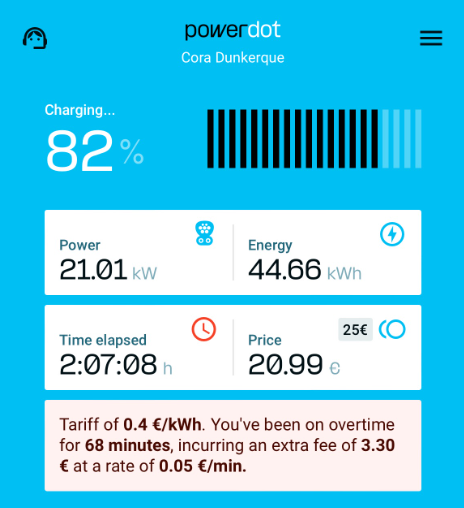
My own perspective is that I would happily have paid more for a faster charge. As evidenced by my glee, on Sunday morning, when paying €40 for 40kWh at a fast-charger in Belgium, which took a mere 25 minutes!!
(4) Power grids will be the biggest bottleneck. What enabled us to fast charge at 100kW in the video above was a large amount of electrical infrastructure, specifically a 10kV step-down transformer and associated power electronics, to accomodate 3 x 300 kW docks, each with 2 charging points (photo below). The continued build-out of EV infrastructure therefore requires overcoming mounting power grid bottlenecks.
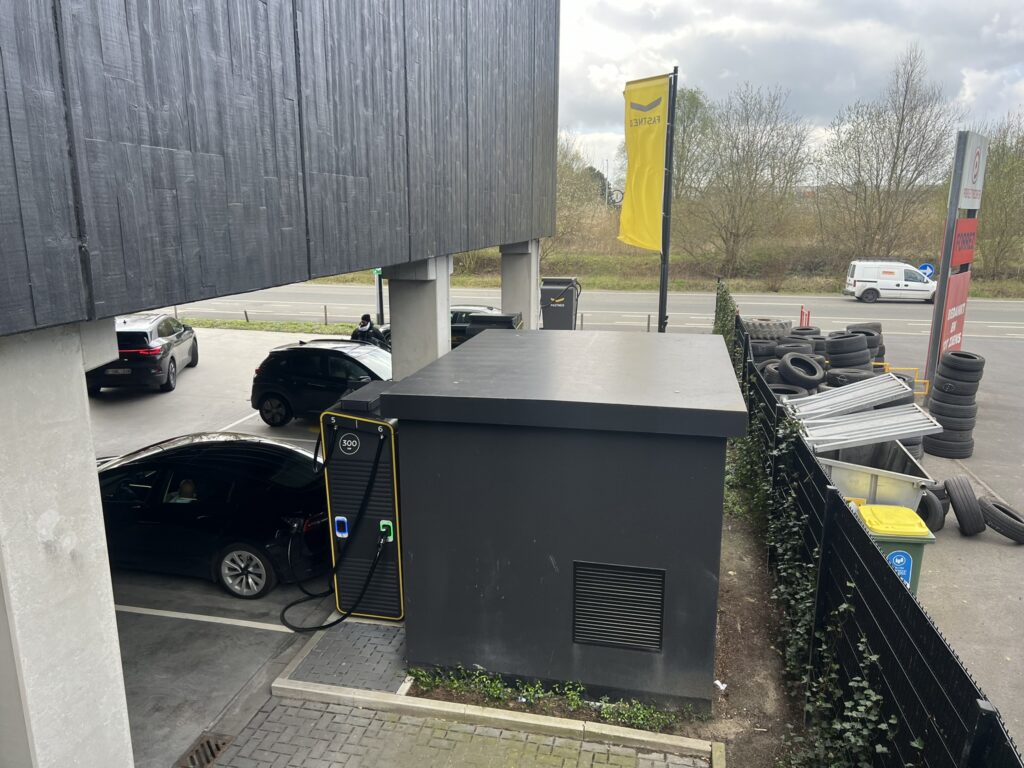
(5) Our EV growth forecasts are not obviously over-optimistic? Overall, our EV experience was a good one. Charging points were widely available. In big towns and small towns. Queues were minimal. Charging was easy (albeit time-consuming).
There was nothing in our experience that made me think I needed to rush home and downgrade my previously published numbers, which see global EV sales ramping up from 14M vehicles in 2023 (10M BEVs, 4M PHEVs) to 50M by 2028 (model below), including the concomitant impacts on our oil demand forecasts.
Post-script. I have listed back to this EV road trip video several time and wish to apologize for some errata. My geography is not as bad as implied by the Betherlands fiasco. At one point, I said “50 kilowatts” when I meant “50 kilowatt hours”. But our biggest mistake… well, it turns out we did have a charging cable, hidden under the front bonnet (photo below). Clearly the final barrier to EV adoption in some cases may simply be the unfamilarity of users :-/.
